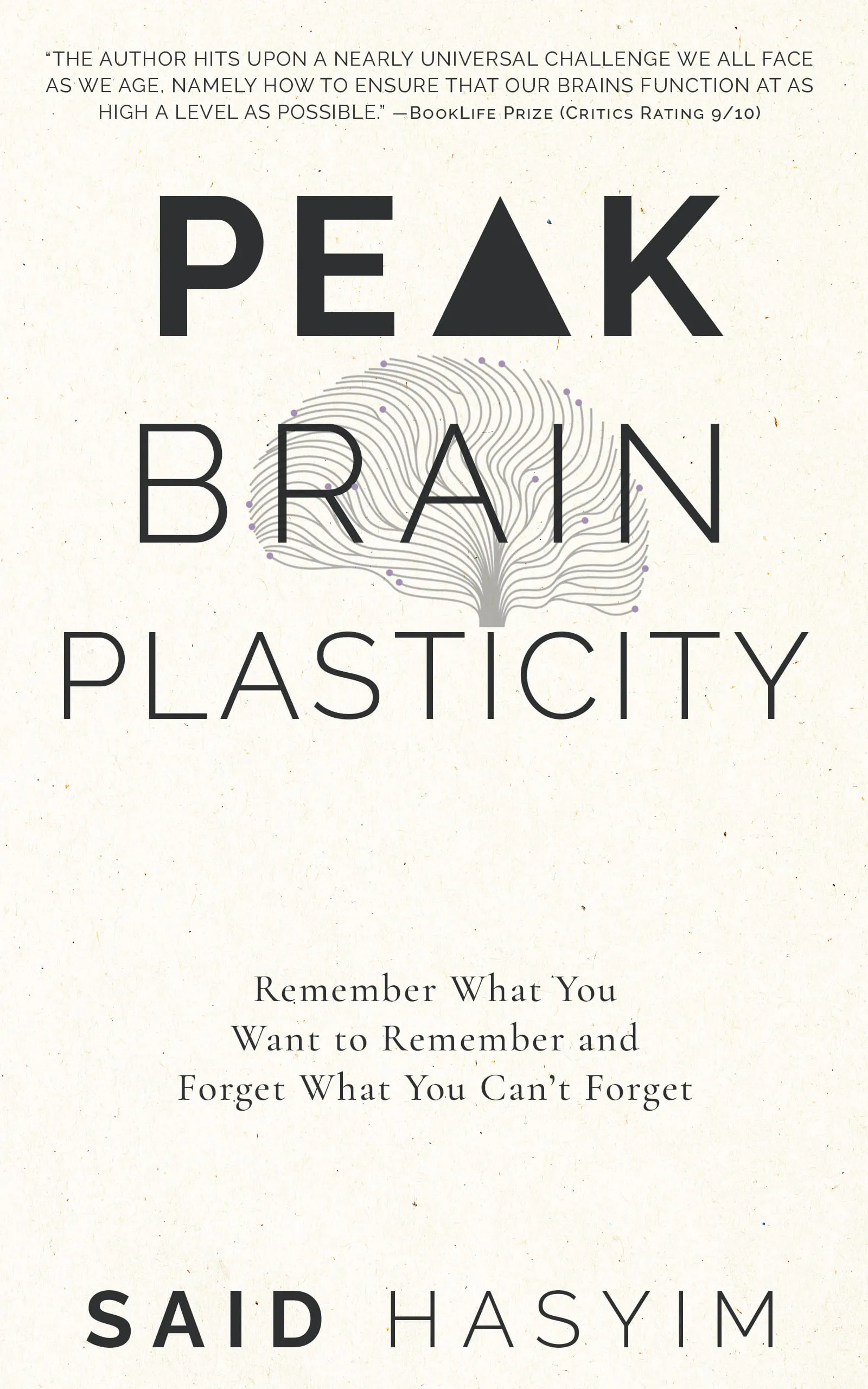Memory Techniques from Neuroscience Research
Memory is a fundamental aspect of human cognition, shaping our experiences, learning, and interactions with the world. With the advent of neuroimaging and advanced research techniques, scientists have greatly expanded our understanding of how memory works in the brain. This blog post will explore key insights from neuroscience research and practical memory techniques that can enhance our ability to remember information.
Understanding Memory
Before diving into memory techniques, it is essential to grasp the different types of memory. Generally speaking, memory can be divided into three main categories:
Sensory Memory: This is the brief retention of sensory information. For instance, the fleeting impression of a sound or sight that only lasts for a few seconds.
Short-Term Memory (STM): Often referred to as working memory, this stage holds information temporarily, typically for 15 to 30 seconds. STM can manage around seven pieces of information at once, as described by George Miller’s "Magical Number Seven."
Long-Term Memory (LTM): This is where information is stored for extended periods, potentially even a lifetime. Long-term memory is further divided into:
- Explicit Memory: Memories that can be consciously recalled, including facts (semantic memory) and events (episodic memory).
- Implicit Memory: Unconscious memory, such as skills and tasks (procedural memory).
Understanding these categories is crucial because different techniques target specific types of memory.
The Neuroscience Behind Memory Formation
Neuroscience research has highlighted several key processes involved in memory formation and retrieval:
1. Encoding
Encoding is the first step in creating a memory, where we process information to store it. Neuroscientific studies have shown that attention plays a critical role in this phase. The more focused you are on the material, the more likely you are to encode it effectively. Techniques such as:
- Chunking: Breaking information into smaller, manageable units can improve encoding by organizing data into meaningful groups.
- Visualization: Creating mental images or diagrams can enhance your understanding and retention of information.
2. Consolidation
After encoding, memories undergo a process known as consolidation, wherein they transition from short-term to long-term storage. This process is believed to occur during sleep, especially during REM sleep, when the brain replays and strengthens newly formed memories.
Encouraging good sleep hygiene can therefore play a crucial role in enhancing memory retention. Additionally, engaging in activities like spaced repetition—reviewing information at increasing intervals—can facilitate better consolidation of memories.
3. Retrieval
Retrieval is the process of recalling stored memories. Stronger neural connections make it easier to access information. Various methods can bolster retrieval, including:
Association: Creating connections between new information and what you already know can facilitate easier recall. Mnemonics, like acronyms and rhymes, are great tools for building associations.
Practice Testing: Regularly testing yourself on the material you wish to remember can significantly improve retrieval. The act of recalling information reinforces the memory and strengthens the neural pathways associated with it.
Leveraging Memory Techniques from Neuroscience Research
Based on these insights, several practical techniques can be implemented to improve memory. Here are some strategies backed by neuroscience:
1. The Method of Loci
Also known as the memory palace technique, this ancient mnemonic strategy involves visualizing a familiar space and placing items you want to remember along a mental route. When you need to recall the information, you simply "walk" through your memory palace and retrieve the items associated with each location.
2. Spaced Repetition
As mentioned earlier, spacing out learning sessions can enhance consolidation. Tools such as flashcards on spaced repetition systems like Anki help automate this process, ensuring that you review concepts just as they are about to fade from memory.
3. Dual Coding
This strategy is based on the idea that people learn more effectively when they use both verbal and visual information. For instance, when studying a concept, you can read about it and simultaneously visualize it through diagrams or graphs. Using both pathways in the brain aids comprehension and recall.
4. Storytelling
Our brains are wired to remember stories better than isolated facts. Try to weave information into a narrative. This technique not only makes learning engaging but also helps in linking new knowledge with existing memories, making retrieval easier.
5. Mindfulness and Focus
Maintaining focus and minimizing distractions can significantly improve memory encoding. Techniques such as mindfulness meditation can help enhance attention control, potentially leading to better memory outcomes.
6. Physical Exercise
Research has shown that physical activity can enhance memory by promoting overall brain health and neurogenesis (the creation of new neurons). Regular aerobic exercise helps increase blood flow to the brain and can improve cognitive functions, including memory.
Conclusion
Memory is a complex and fascinating subject. With insights from neuroscience research, we can implement practical techniques to enhance our memory, making us more effective learners and retainers of information. By understanding the underlying processes of memory—encoding, consolidation, and retrieval—and employing strategies like spaced repetition, storytelling, and dual coding, we can optimize our memory performance.
Whether you are a student looking to ace your exams, a professional aiming to improve your skill set, or simply someone eager to remember more of life's details, these techniques can make a significant difference. Harnessing the power of neuroscience to bolster our memory capabilities is not only possible but incredibly exciting. Start experimenting with these techniques today and discover the impact they can have on your cognitive life!
Harness the Power of Neuroplasticity
Discover Peak Brain Plasticity, a practical book to harnessing neuroplasticity. Enhance your memory, learn new languages quickly, and alleviate anxiety with effective study methods. Uncover daily habits that impact cognitive health and explore techniques for accelerated learning and memory retention. Unlock your brain's potential for growth and transformation.
